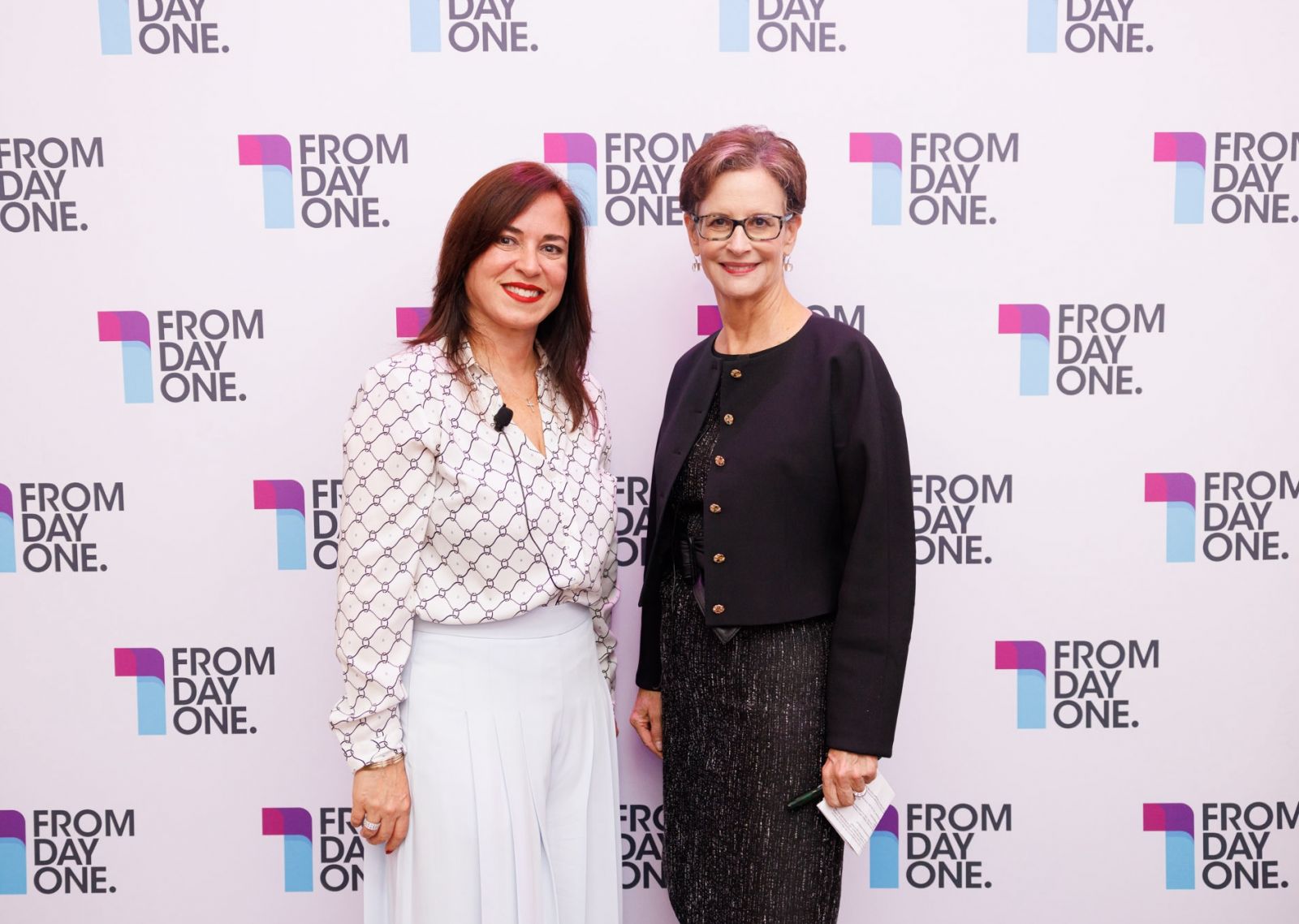Embracing Change by Evolving Employee Mindsets and Skill Sets
Technical innovation is continuously streamlining processes and departments, from customer service to daily operations and paperwork, leading to the creation of new roles and a transformation of the modern workplace. As a result, this opens up new opportunities for HR leaders to develop holistic talent management programs and employee development initiatives.At From Day One’s Denver conference, Judith Almendra, group vice president of people and culture at TTEC, shared her perspective on incorporating holistic change management solutions to help employees adjust to new roles and continue to professionally evolve amid these changes.“I think it is very important for us to have to make sure that nobody’s filling in the blank with thoughts that may be counterproductive to what we’re trying to achieve, which is truly driving the business forward with our people-centric mindset,” Almendra said to moderator Elizabeth Hernandez, reporter for the Denver Post.TTEC is an international customer experience company blending human and AI interactions, providing organizations with effective customer service. The technological advancements help deliver effective solutions that can reduce the employee workload.With a reduced workload, employees then have opportunities to build other skills for other roles and achieve new career goals. For example, in 2020 the organization launched its Rewire initiative, where leaders meet and restrategize processes, people programs, and more for holistic business outcomes, says Almendra.TTEC also launched Rewiring for Success, an effective change management solution where employees can ask questions about their career prospects and get information from company leaders.“Change can drive a lot of anxiety in a lot of us, right? It can be intimidating,” Almendra said. “What does it mean for my job? Is my job at risk? [These] were some of the questions that we were getting early on that we were trying to make sure we could address in a timely and very proactive manner.”New Skills, New OpportunitiesAfter evaluating their career trajectories, employees at TTEC move forward by reinventing their skill sets or mastering new ones. Their program called I Aspire offers employees a space to share their career goals and aspirations and have TTEC facilitate their new skill development. By engaging with leaders who act as mentors, employees create new career trajectory goals and advance into new roles within the organization.Almendra recalled her career trajectory with appreciation. She is the first generation of her family to receive an MBA, and was initially an accountant. However, she faced challenges finding finance roles. Almendra needed to adapt to change and eventually joined TTEC, where she was encouraged into different roles, like communications and talent management, until landing her current role in people and culture.Judith Almendra of TTEC spoke with Elizabeth Hernandez of the Denver PostHR employees ultimately benefit from acquiring new skill sets as the modern workforce continues to transform. Taking opportunities to learn new skills and working with a mentor will open new doors, says Almendra. “I think continuous learning is so important in today’s environment, to stay relevant, to stay competitive, to stay fulfilled. We just cannot afford not to learn.” Achieving a Unified VisionHow can companies align on a shared vision of success amid workplace and culture shift? And how can leaders foster employee growth and drive expansion while staying focused on business goals? asked Hernandez. On their talent platform, TTEC Talent, leaders record their goals onto the platform and refer to Rewire to confirm they align with the company's goals. Continuing to adopt a more organic approach to business strategy, leaders from each group are encouraged to meet, define their top priorities, and list three things they can do to achieve positive business outcomes, says Almendra.With fewer rigid priorities or fixed meet-up schedules, and by leveraging a range of engaging programs and initiatives, leaders gain greater flexibility, tools, and support to achieve personal goals while driving positive business outcomes. These shifts reflect the evolution of HR, the adoption of a more adaptable employee mindset, and the expansion of skill sets to shape and thrive in new, dynamic roles.Stephanie Reed is a freelance news, marketing, and content writer. Much of her work features small business owners throughout diverse industries. She is passionate about promoting small, ethical, and eco-conscious businesses.





